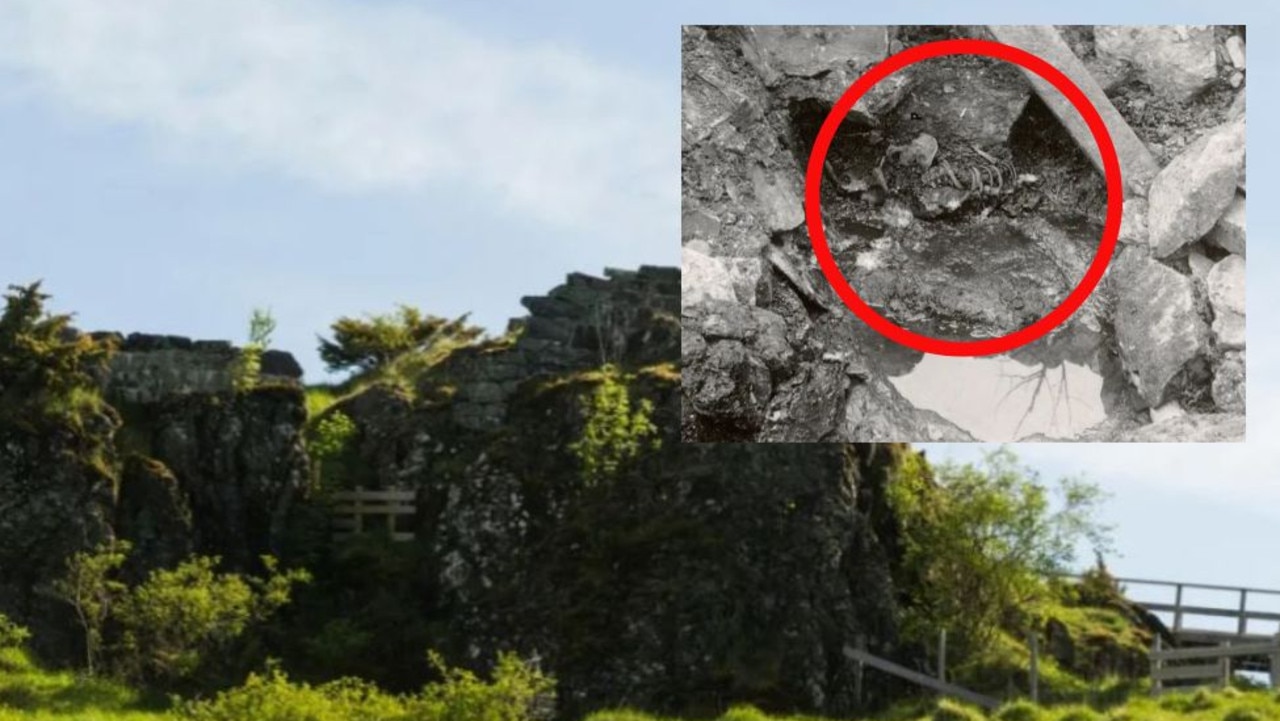Insane queues in China as tourists flee for nation’s ‘Golden Week’ holiday
The Chinese government is encouraging people to go on holiday – and 550 million are doing just that, in crowded scenes we haven’t seen in a long, long time.
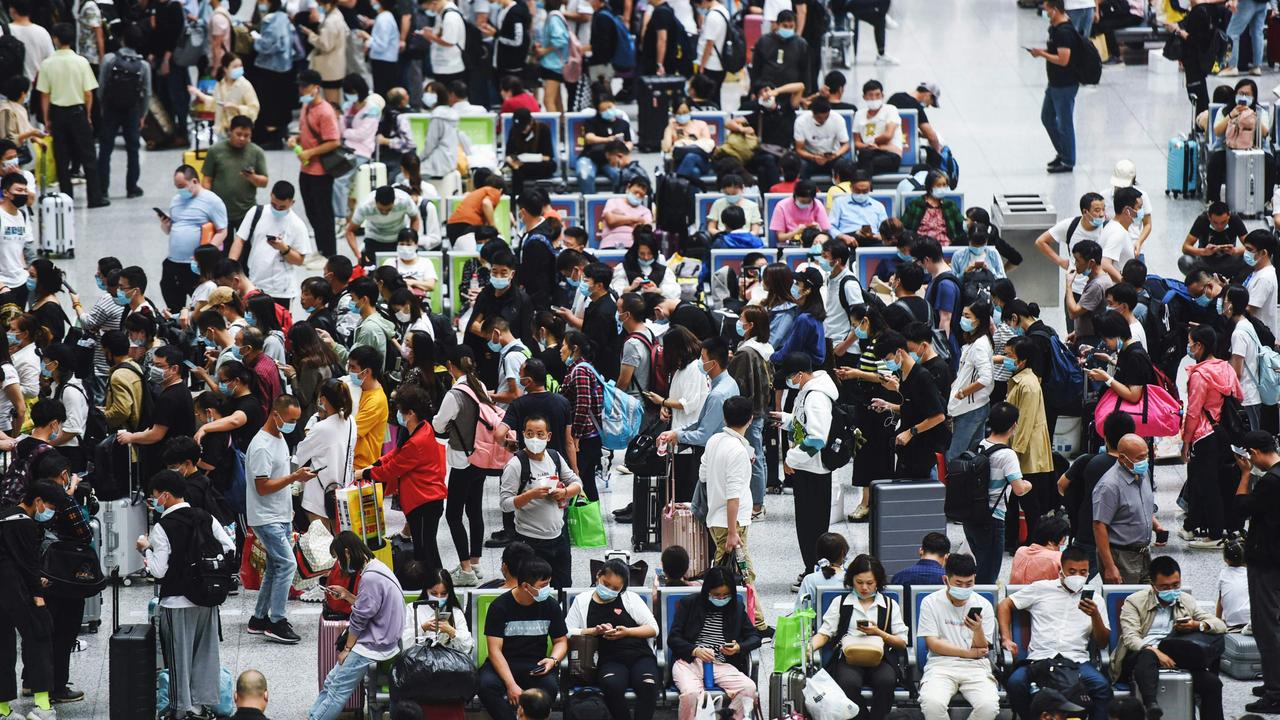
Chinese officials are reportedly encouraging citizens to get out and adventure in a “revenge travel” pitch to revive tourism and boost the economy, following months of lockdowns and restrictions in the fight against COVID-19.
Starting Thursday, about 550 million people are expected to travel for China’s National Day and Mid-Autumn Festival – and keep moving through the eight-day Golden Week, The Guardian reports. The term “revenge travel” has been frequently featured in Chinese media as of late, with Quartz defining the concept as “the government’s hope that people will travel or consume more than they usually do … because of pent-up demand from being cooped up.”

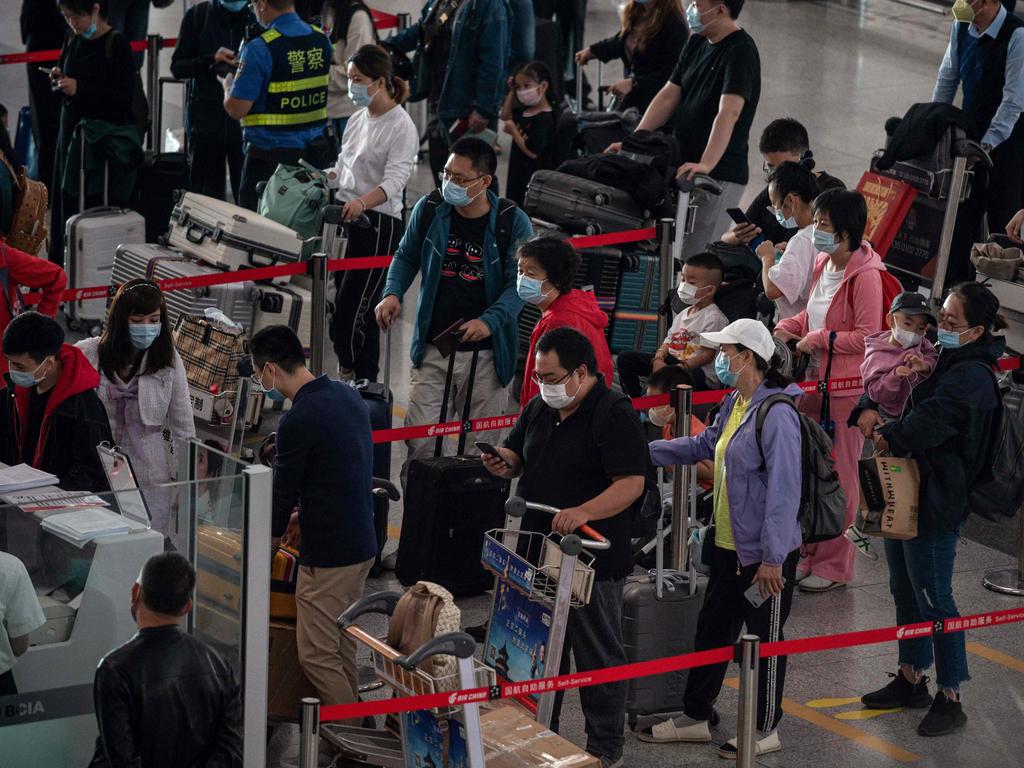
RELATED: Follow the latest coronavirus updates
RELATED: Huge catch with Qld-NSW border announcement
Photos published by Getty on Wednesday and Thursday show crowds at a train station in Wuhan, the Great Wall in Beijing, and the Leshan Giant Buddha.
According to the South China Morning Post, 15 million trips will be taken by flight between October 1 and October 8, while hotel bookings for Golden Week have jumped 50 per cent.

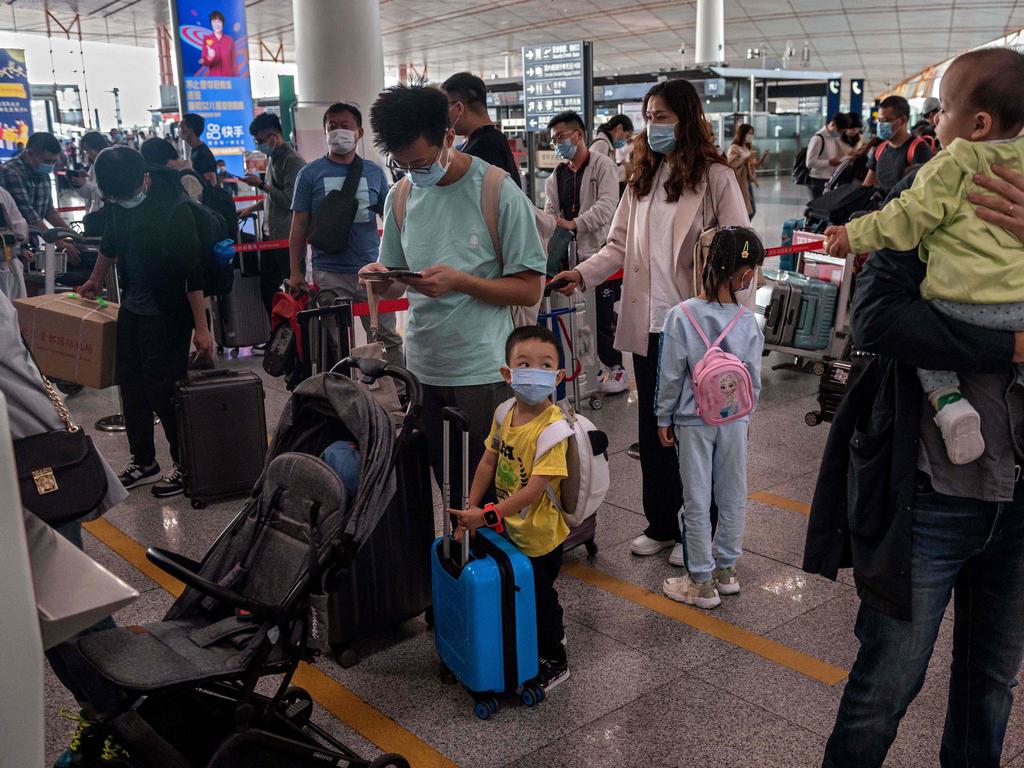

“The demand on tourism that was suppressed for nine months will probably be released in these eight days,” a spokesman for Trip.com speculated.
Over 500 “scenic locations” are offering free or reduced admission to draw visitors as officials hope that consumer spending and travel during the holiday week will herald an improving economy.
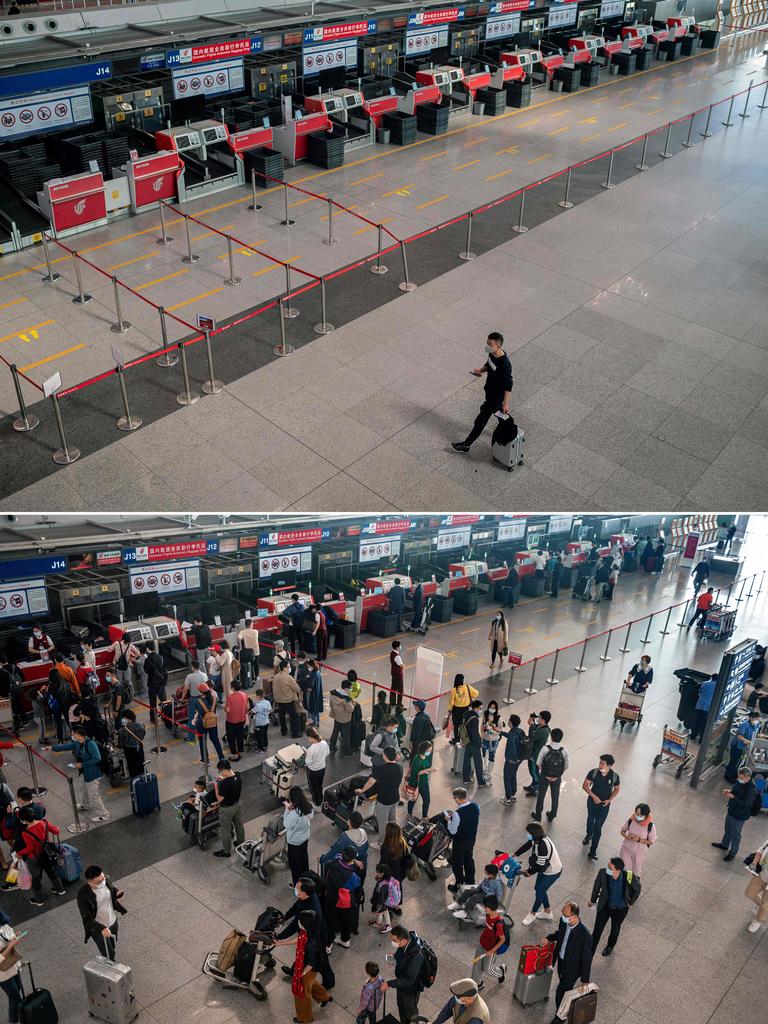

The Chinese state-run newspaper Economic Information Daily called this year’s Golden Week a “critical battle” for the tourism industry at large.
Nevertheless, tourism will inevitably look a bit different than years past due to the pandemic – nearly 800 million people reportedly travelled in China during Golden Week in 2019.
This article originally appeared on Fox News and was reproduced with permission



